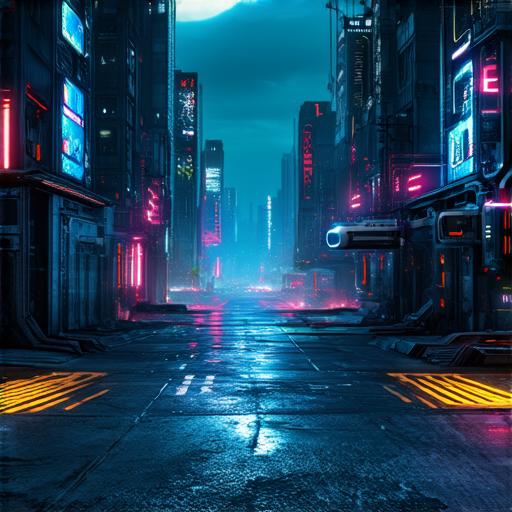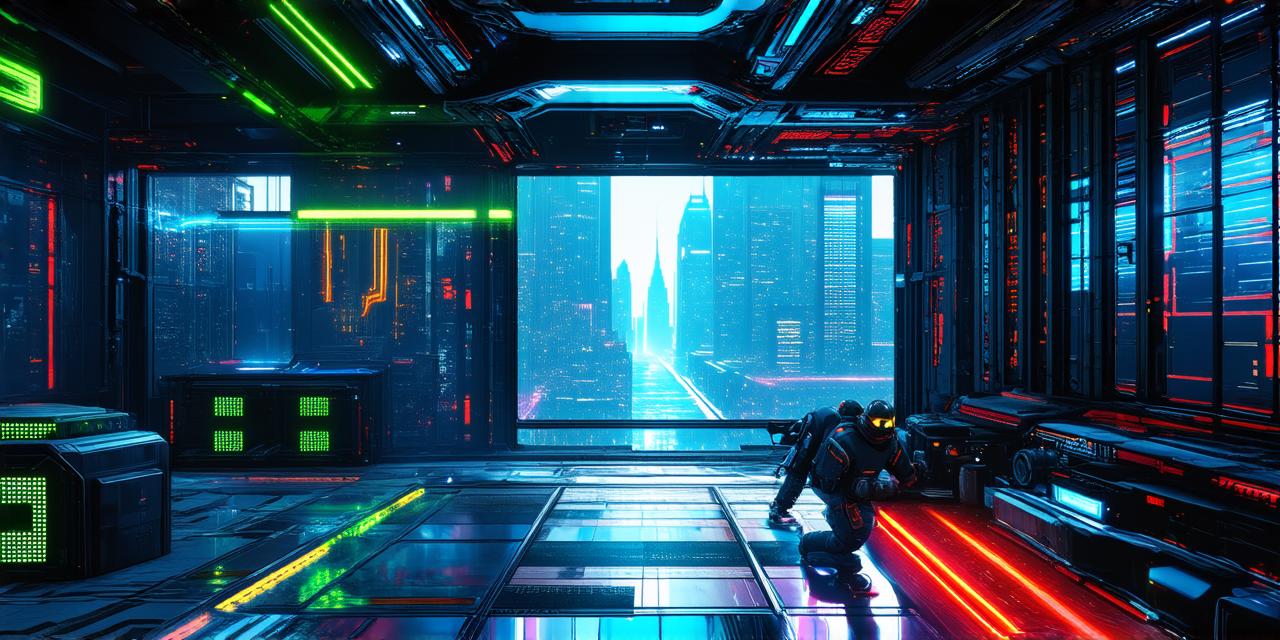Virtual reality (VR) games have revolutionized the way we experience digital content. From immersive gaming experiences to interactive educational tools, VR has opened up new possibilities for storytelling and engagement in the digital realm.

The Power of Immersive Visuals in VR Games
Immersive visuals are key to creating a realistic VR experience. The goal of VR is to transport the player into a virtual world, and this requires a high level of immersion that can only be achieved through engaging visual elements.
Field of View
Field of view (FOV) refers to the angle of vision in a VR game. A higher FOV allows players to see more of the virtual environment, which can create a more immersive experience. However, increasing the FOV also requires more computational power, so there is a trade-off between visual realism and hardware requirements.
Resolution
The resolution of the VR display is another important factor that affects immersion. Higher resolution displays allow for more detailed visuals, which can create a more realistic experience. However, increasing the resolution also requires more computational power, so there is again a trade-off between visual realism and hardware requirements.
Depth of Field
Depth of field (DOF) refers to the range of distances that are in focus in a VR game. A shallower DOF can create a more immersive experience by drawing the player’s attention to specific elements in the virtual environment. However, a shallower DOF can also cause visual distortion, so it is important to find the right balance.
Lighting
Lighting is an essential element of any game, but it is especially important in VR games because it affects how players perceive the virtual environment. Proper lighting can create a sense of depth and realism, while poor lighting can make the virtual world appear flat and unrealistic.
Texture Quality
Texture quality refers to the level of detail in the visuals of a VR game. Higher quality textures can create a more immersive experience by allowing players to see more details in the virtual environment. However, increasing the texture quality also requires more computational power, so there is again a trade-off between visual realism and hardware requirements.
Motion Sickness
Motion sickness is a common problem for VR gamers, especially when the visuals are not perfectly synchronized with the player’s movements. To avoid motion sickness, developers need to ensure that the visuals are smooth and consistent, with minimal lag between the player’s movements and the virtual environment.
Case Studies: Examples of Immersive Visuals in VR Games
There are many examples of immersive visuals in VR games, but here are a few that stand out for their exceptional use of visual elements:
Beat Saber
Beat Saber is a rhythm game that uses VR to create an immersive music experience. The game’s visuals are designed to be simple and intuitive, with colorful blocks representing musical notes that the player must slice through with light sabers. The game’s high resolution, shallow depth of field, and dynamic lighting create a sense of energy and excitement that keeps players engaged for hours.
Tilt Brush
Tilt Brush is an art game that allows players to create 3D models using VR controllers as brushes.
